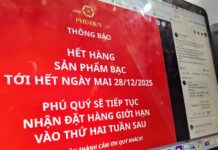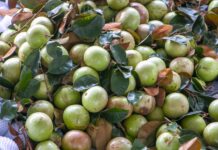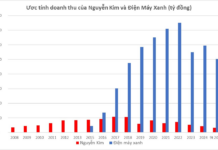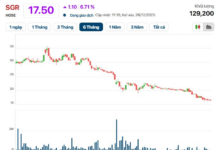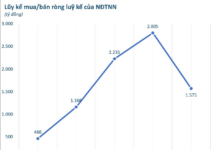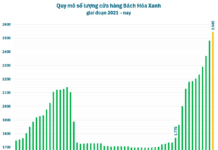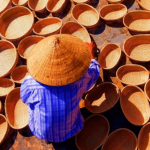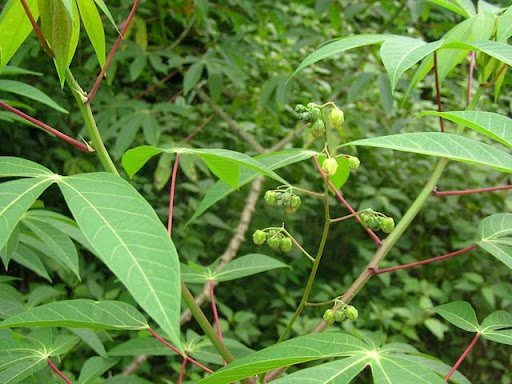
Illustration.
The latest statistics from the General Department of Vietnam Customs show that, as of mid-July 2024, the country had exported nearly 1.5 million tons of cassava, a slight decrease from 1.59 million tons in the same period last year. In contrast, the export value of this commodity recorded a significant increase, reaching nearly $684 million, up 7.6% compared to the same period in 2023.
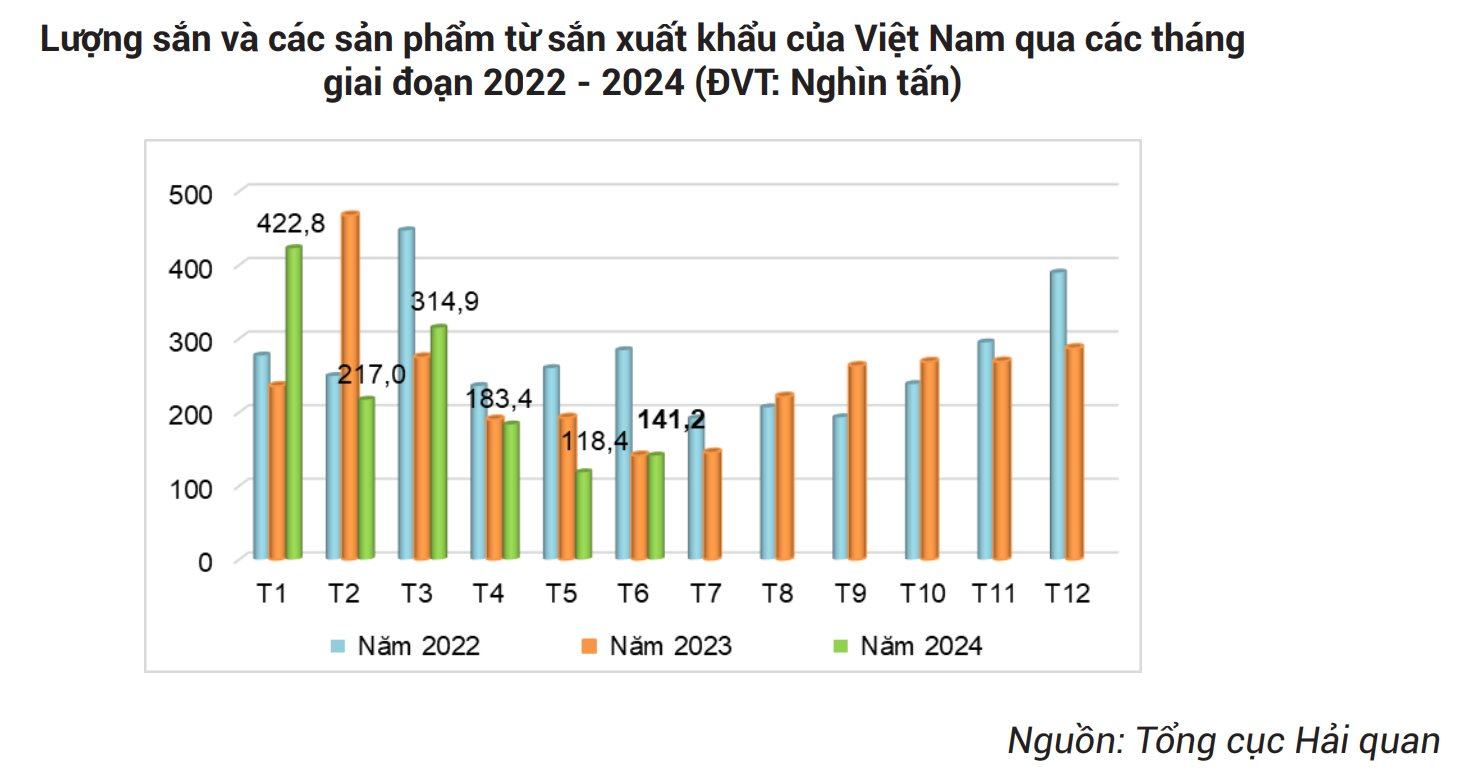
According to the Import and Export Department (Ministry of Industry and Trade), since the beginning of July 2024, the export price of Vietnamese cassava chips has remained stable compared to the previous month. Currently, the export price of cassava chips to the Chinese market is at $250/ton, while the export price to the Korean market is around $300/ton.
At present, the export price of cassava starch offered by Vietnamese factories is quoted at $495-520/ton. Meanwhile, the export price of cassava starch through the border gates of Lang Son and Mong Cai has increased, fluctuating at 3,600-3,700 CNY/ton, up 50 CNY/ton compared to the previous month. In addition, due to the limited stock of cassava chips from the 2023-2024 crop, export units are waiting for higher prices before selling.
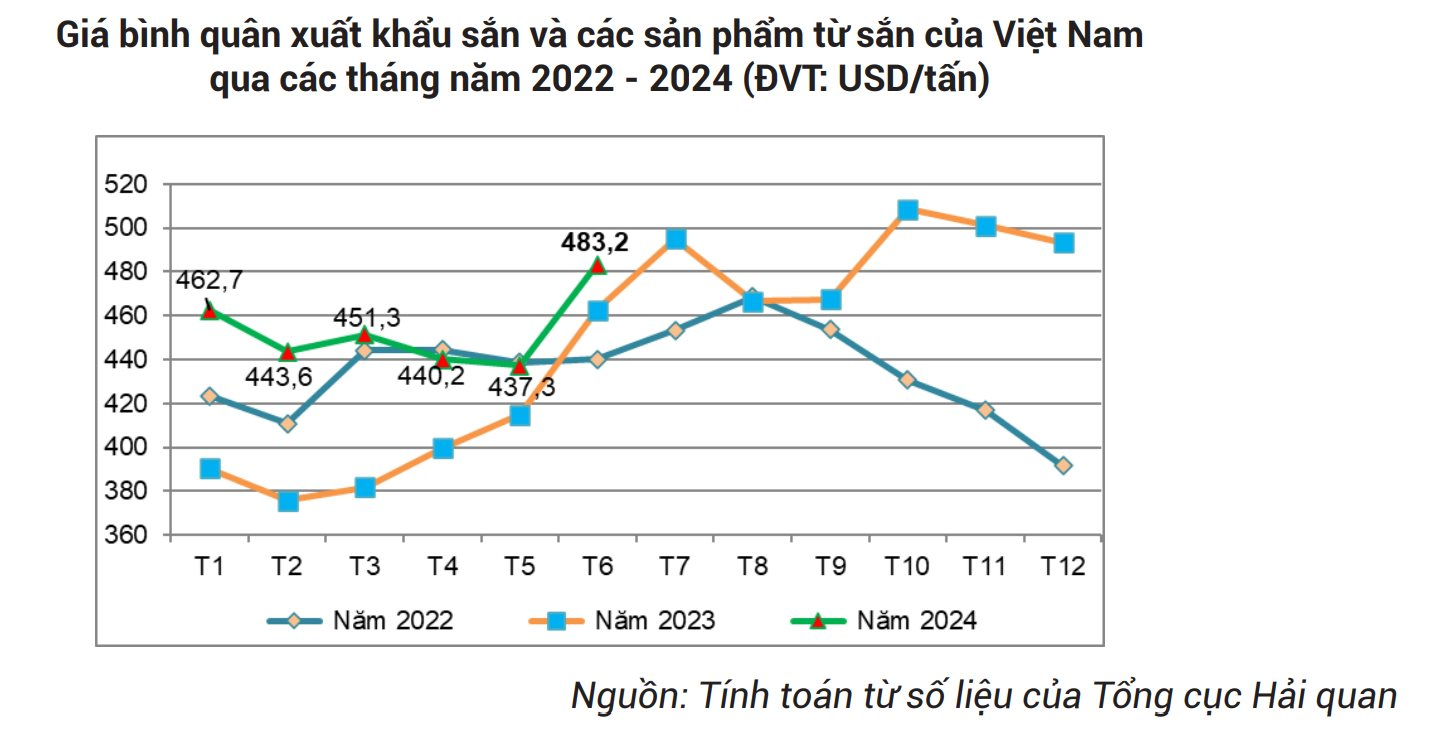
In terms of export markets, in June 2024, China continued to be the largest importer of cassava and cassava products from Vietnam, accounting for 87.88% in volume and 88.52% in value in the total export of cassava and cassava products nationwide. Specifically, this market imported 124,110 tons of cassava and cassava products, worth $60.4 million, up 49.5% in volume and 56.7% in value compared to May 2024, and up 3.5% in volume and 9.3% in value compared to June 2023.
In the first six months of 2024, Vietnam exported 1.26 million tons of cassava and cassava products to China, worth $569.05 million, down 6.1% in volume but up 8.9% in value compared to the same period in 2023.
Notably, in June 2024, exports of cassava and cassava products to Malaysia surged compared to the same period in 2023, reaching 1,270 tons, valued at $656,250, up 1,643% in volume and 2,049% in value compared to June 2023.
In the first six months of 2024, Vietnam exported 10,920 tons of cassava and cassava products to Malaysia, worth $5.74 million, up 69.6% in volume and 79.2% in value compared to the same period in 2023.
Industry experts predict that China will continue to import more cassava and cassava products from Vietnam due to its favorable geographical location. However, manufacturing plants need to pay more attention to maintaining stable quality and creating distinctive products.
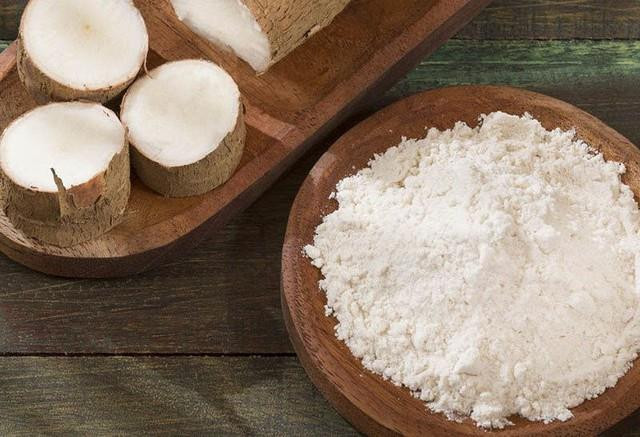
Illustration.
Cassava is a vine of the legume family, widely cultivated in Vietnam for food and medicinal purposes.
Almost all parts of the cassava plant are used for medicinal purposes, but the best part is the root (or cassava tuber). The cassava tuber is dug up, cleaned of soil and sand, peeled, cut into pieces or slices, and then dried in the sun or by other means, known as “cat cau” in Vietnamese traditional medicine.
According to traditional Vietnamese medicine, cassava has a sweet taste and a cool nature. It is used to relieve heat, promote perspiration, quench thirst, and treat various ailments such as fever, neck and head pain, measles, high fever with thirst, diabetes, diarrhea, dysentery, hypertension, anemia, nosebleeds, hemorrhoids, and tinnitus.
Additionally, cassava has numerous industrial applications, particularly in the food and pharmaceutical industries, as well as in fermentation processes.
The tubers, stems, and leaves of the cassava plant are all useful. The tubers are processed into starch, dried cassava chips, and cassava flour. From fresh cassava or semi-processed cassava products, a wide range of industrial products can be derived, including monosodium glutamate, alcohol, instant noodles, glucose, syrup, confectionery, malt, adhesives (for fabric and wood), food additives, and pharmaceutical excipients. These are the main directions in the industrial processing of cassava.
Cassava stems are used for propagation, as a source of cellulose, and for mushroom cultivation. Crude cassava starch can be mixed with corn, rice, or soybean bran and fishmeal to create composite animal feed.
The most extensive bribery case ever in Thanh Hoa: Numerous suspects prosecuted for “Giving and Receiving Bribes”
The Provincial Security Investigation Agency (PSIA) of Thanh Hoa province announced on January 31st that it has made the decision to initiate a prosecution against 23 individuals in connection with the offenses of “Accepting bribes” and “Giving bribes” as stipulated in Article 354(3) and Article 364(2) of the Criminal Code.
“Prosecution of government officials, land registration officers, and tax department employees in the largest bribery case ever”
The Thanh Hoa Police Investigative Agency has initiated legal proceedings against 23 individuals involved in the crimes of “Bribery” and “Receiving bribes”. This is the largest bribery case in terms of the number of suspects ever discovered and apprehended by the Thanh Hoa Police.

